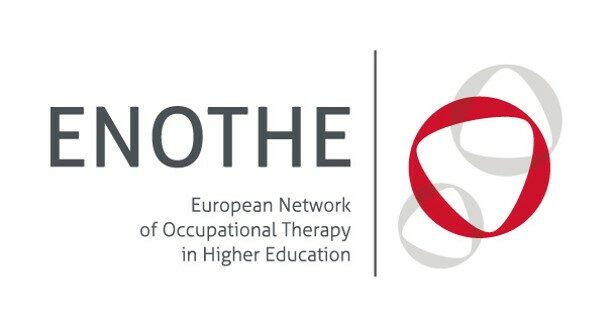News from Conventry University
What does Occupational Therapy look like where you are?
At Coventry University we are committed to creating occupational therapists that are global in outlook and local in impact and therefore embedding international and intercultural experiences into the curricula at every level is vital. In order to do this, we work alongside experts in professional practice and service users to provide collaborative opportunities for international learning.
During Occupational therapy month, the ‘Doing, being, becoming and belonging’, first year module team set our new students a challenge; to explore international perspectives of occupational therapy bringing the world of occupational therapy together, to share and discuss what occupational therapy looks like across the globe. The purpose of this activity was for our students to develop an appreciation of the underpinning responsibilities, values, skills of occupational therapy and how differing cultures may influence this across the profession and in practice.
We created an online blog https://wp.coventry.domains/occupationlearningexperience/ to facilitate a dialogue across the globe with students, practitioners and users of occupational therapy. This was shared on social media and directly with the University of Western Cape, South Africa and Letterkenny Institute of Technology, Ireland.
What started out as a small penpal project developed into a global collaboration by embracing the use of digital networks which made the world smaller and more accessible. Over 200 students participated in conversations on the blog and social media platforms across the three weeks of the activity with collaboration reaching as wide as Australia, America, Africa, Europe and Asia. Through the project we have enhanced partnerships and fostered professional relationships, embedding international practitioner experience within the classroom. This has enabled us to support students to gain knowledge and engage in activities that develop their own intercultural competencies, recognising and embracing diversity.
Correspondence: Dr Kim Stuart, Emma Rose, Darren Awang, Mandy Littleford, Paula Dring, Joanne Porter
Pandemics provide placement possibilities: OT student lecturers
Background
UK’s Worcester and Coventry University OT teams have long been developing contemporary placements. Despite being very different institutions – 30 – 50 students per cohort at Worcester and 150 at Coventry, the largest in the UK – we agreed that if we ask clinicians to work differently, we need to model this. Thus was born the reciprocal “Student Lecturer” placement.
What did the students do?
All students assisted with first year anatomy and physiology workshops. They also independently identified a need for and developed sessions for first year OT undergraduates supporting well-being and study skills.
At Coventry, UW students assisted with online psychology sessions, carried out focus groups with service users, and created an information pack for future students.
At Worcester, CU students created lesson plans; assisted delivery across a range of modules and courses including foundation year students, Paramedic Science and Social Work, and participated in practice educator training.
Challenges and Strengths
Initially students struggled with self-organisation and the apparent lack of structure. The complex power dynamic between student and lecturer also posed challenges to demonstrating initiative in a manner we didn’t envisage. Virtual practice education proved problematic, but everyone developed skills in peer support, teamwork and identifying learning opportunities.
The students began to see occupational risks, reflecting on their first-year selves to recognise how far they had progressed and develop their experience as a learner. All students glowed with pride about the achievements made.
Key messages:
Challenges for students and Educators on contemporary placements are well documented: none of these challenges are surprising. Both Universities agreed to plan and structure opportunities differently next time. But the key message from this experience is that any registered OT can have a student, in any setting. We’ve proven it can work. Start volunteering your colleagues, now!
Authors:
Terri Grant, Senior Lecturer, Occupational Therapy & Physiotherapy Practice Education Lead, University of Worcester; Sue Kenney, Assistant Lecturer Coventry University & Vicki Nolan, Assistant Professor, Placements Lead, Occupational Therapy, Coventry University
For further information contact Sue Kenney ac8814@coventry.ac.uk or Vicky Nolan aa7408@coventry.ac.uk
